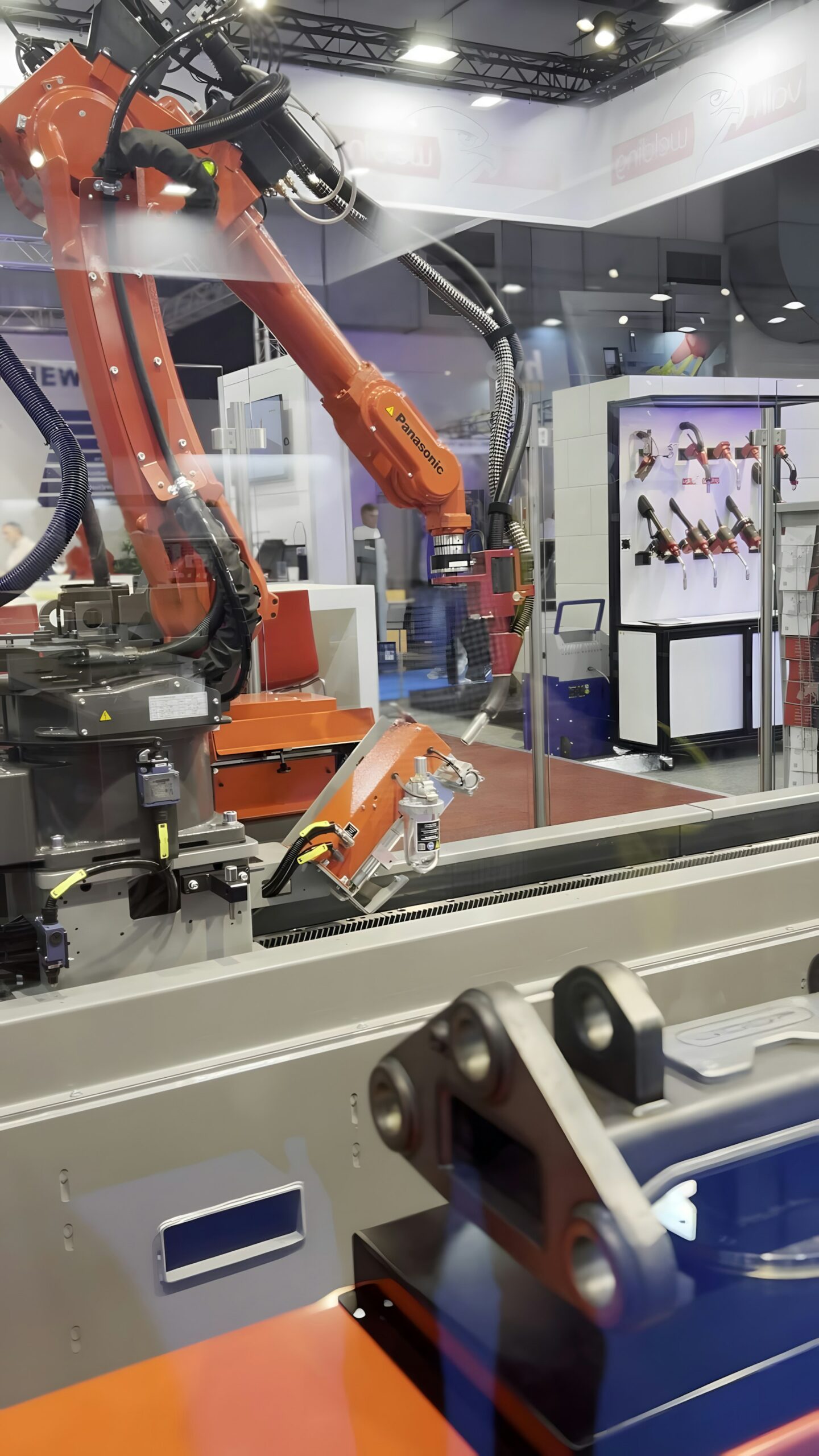Synthetic Fuels: The Next Generation of Automotive Solutions

Photo by Sue Winston on Unsplash
Introduction: The Emergence of Synthetic Fuels in Automotive Solutions
The rise of synthetic fuels represents a pivotal shift in the automotive industry, offering a viable alternative to traditional fossil fuels. Driven by global efforts to decarbonize transport and achieve carbon neutrality, synthetic fuels-also known as synfuels or e-fuels-are gaining momentum for their ability to reduce emissions, leverage existing infrastructure, and provide energy security against market volatility. [1] The market for these fuels is expected to grow rapidly, with projections estimating a compound annual growth rate (CAGR) of 25.5% from 2025 to 2035. [1]

Photo by Possessed Photography on Unsplash
What Are Synthetic Fuels and How Are They Produced?
Synthetic fuels
are liquid or gaseous fuels manufactured from carbon-based feedstocks such as coal, natural gas, biomass, or captured CO
2
. The most common production processes include the
Fischer-Tropsch synthesis
and
methanol synthesis
. These advanced technologies convert feedstocks into fuels compatible with existing gasoline and diesel engines.
[2]
For example, in August 2024, a major joint venture between Coal India Ltd. and GAIL (India) Ltd. was announced to establish a coal-to-synthetic natural gas plant using surface coal gasification. [2] This project highlights ongoing investment and innovation in the sector.
Market Growth and Key Drivers
Industry demand for synthetic fuels is surging due to several factors:
- Decarbonization Push: Governments and industry leaders are prioritizing emission reduction in transportation and heavy industry. [1]
- Energy Security: Market instability and rising oil prices have made alternatives more attractive. [3]
- Compatibility: Synthetic fuels can be used in existing engines and infrastructure without significant modifications, reducing barriers to adoption. [4]
- Environmental Benefits: They produce fewer impurities, such as sulfur, and can help reduce greenhouse gas emissions. [3]
Globally, the market is projected to reach USD 28.47 billion by 2032, up from USD 8.04 billion in 2025. [2]
Technology Spotlight: Fischer-Tropsch and Methanol Synthesis
The Fischer-Tropsch process is leading the way in automotive synthetic fuel production, accounting for an estimated 46.2% of market revenue in 2025.
[5]
This process enables the conversion of renewable feedstocks and captured CO
2
into high-quality liquid fuels. Advances in catalyst development and process optimization have improved both efficiency and cost-effectiveness, making it viable for large-scale adoption.
Methanol synthesis is another widely used method, allowing for the direct conversion of biomass and other carbon sources into a versatile fuel.
Benefits of Synthetic Fuels for Automotive Applications
Synthetic fuels offer several key advantages for automotive users:
- Drop-In Compatibility: These fuels can be used with current internal combustion engines and fuel distribution networks, offering an immediate pathway for emissions reduction. [4]
- Reduced Emissions: By eliminating sulfur and other impurities, synthetic fuels contribute to cleaner air and lower greenhouse gas output. [3]
- Infrastructure Savings: Synthetic fuels can be stored and dispensed using existing fueling stations, reducing the need for costly upgrades. [4]
- Energy Security: Diversifying the fuel mix helps buffer the automotive sector from geopolitical risks and volatile oil markets. [3]
Challenges and Solutions in Synthetic Fuel Adoption
Despite their promise, several hurdles remain:
- High Production Costs: Synthetic fuel plants require substantial upfront investment, making fuel prices higher than conventional options. Continuous research and development, as well as repurposing existing infrastructure, are key to lowering costs. [4]
- Environmental Impact: While synthetic fuels are cleaner, their production processes may generate pollution unless powered by renewable energy. [4]
- Market Maturity: The sector is still developing, with ongoing pilot projects and commercial-scale investments needed to reach full potential. [5]
To overcome these challenges, industry leaders are focusing on integrating solar and energy storage solutions to power production facilities, enhancing reliability and sustainability. [5]
How to Access Synthetic Fuel Solutions
If you are interested in adopting synthetic fuels for automotive use, several pathways are available:
- Commercial Suppliers: Major energy companies such as Sasol, Shell, ExxonMobil, and Phillips 66 are involved in synthetic fuel production. [3] You can contact these companies directly through their official websites to inquire about supply contracts or pilot programs.
- Automotive Dealerships: Some vehicle manufacturers and dealerships may offer information on vehicles compatible with synthetic fuels. You can ask about fuel options when purchasing or servicing a vehicle.
- Industry Associations: Organizations such as the European Automobile Manufacturers Association (ACEA) and the U.S. Department of Energy provide updates and guidance on synthetic fuel developments. Visit their official sites or search for “synthetic fuel automotive solutions” for more information.
- Government Initiatives: National and regional governments may offer incentives or pilot projects supporting synthetic fuel adoption. For example, the U.S. Department of Energy’s Office of Energy Efficiency and Renewable Energy frequently publishes calls for participation. Search for “DOE synthetic fuel programs” for grant opportunities and pilot projects.
For step-by-step guidance:
- Define your fuel requirements based on vehicle type and usage.
- Contact commercial suppliers or consult your local dealership for synthetic fuel availability and compatibility.
- Monitor government and industry association announcements for new pilot programs or incentives.
- Review technical documentation to ensure engine compatibility and maintenance requirements.
- Consider participating in pilot studies to gain early access and contribute feedback on performance.
When seeking information or to get started, use official channels only; avoid third-party or unofficial websites. If uncertain, contact the company’s main customer service number or use their official online inquiry forms.
Case Studies and Real-World Applications
In Europe, synthetic fuels are being deployed to reduce petroleum consumption and greenhouse gas emissions from transportation. [3] The European Union’s renewable energy policies have spurred investment in low-carbon fuel technologies. In Asia Pacific, rising per capita income and robust automotive growth have led to increased demand for synthetic alternatives, especially in China and India. [3]
Advances in solar integration and energy storage are supporting continuous fuel synthesis operations, with on-site solar now a preferred choice for powering e-fuel production facilities. [5]
Alternative Approaches and Future Outlook
While synthetic fuels offer a promising path to decarbonization, alternative low-carbon solutions such as battery electric vehicles and hydrogen fuel cells are also being explored. The choice between synthetic fuels and other technologies will depend on regional energy infrastructure, regulatory policies, and market maturity.
Looking ahead, continued research, investment, and policy support will determine the pace of synthetic fuel adoption in automotive applications. The sector’s rapid growth and expanding applications suggest that synfuels could become a mainstream solution for sustainable mobility within the next decade. [1]
References
- [1] EIN Presswire (2025). Synthetic Fuel Market Surges with Green Energy Push, Estimated to Grow at 25.5% CAGR by 2035.
- [2] Coherent Market Insights (2025). Synthetic Fuel Market Size, Share and Forecast, 2025-2032.
- [3] Fortune Business Insights (2025). Synthetic Fuel Market Size, Industry Share | Forecast [2025-2032].
- [4] Maximize Market Research (2025). Synthetic Fuel Market: Industry Analysis & Forecast.
- [5] Future Market Insights (2025). Automotive E-Fuel Market | Global Market Analysis Report.
MORE FROM smartsavingsfinder.com













